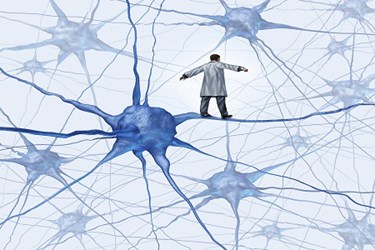Google's Calico Enters R&D Partnership To Tackle Brain Disorders

Google’s life sciences startup Calico announced that it has signed a research and development partnership to tackle neurodegenerative disorders caused by the deterioration and death of nerve cells.
Under the agreement, Calico will help develop the University of Texas Southwestern Medical Center’s investigational P7C3 compounds. P7C3s belong to the class of neuroprotective chemicals that has demonstrated its ability to protect animals from neurodegeneration. Death of nerve cells from brain injuries and other causes is implicated in various neurological diseases, such as Parkinson’s disease, amyotrophic lateral sclerosis (ALS), and depression. Two new studies, including one from the University of Iowa, reported that P7C3s activate an important cellular enzyme that helps maintain proper functioning and survival of cells. The compound was also shown to guard rats against cognitive and other brain damage following blast-mediated traumatic brain injury (TBI).
UT Southwestern first licensed the compounds to Dallas-based 2M Companies back in 2010. Calico and 2M have now signed a new license agreement allowing Calico to take the lead in developing and marketing the compounds. Calico will be responsible for funding research labs in Dallas and other areas in support of the program.
Melissa Krauth, head of life science investing at 2M and its affiliate Claria Bioscience, said, “After many years of fruitful collaboration with UT Southwestern and the P7C3 inventors, we are delighted to place the P7C3 program in the very capable hands of the Calico team. This agreement validates our strategy of partnering with exceptional scientists and investing in early-stage, high-impact technologies to advance them toward the clinic.”
Hal V. Barron, President of R&D at Calico, said, “This is an important collaboration for Calico. We look forward to working with the world-leading scientists who discovered the P7C3 class of molecules to learn whether the remarkable biological effects can be translated to the treatment of human disease.”
